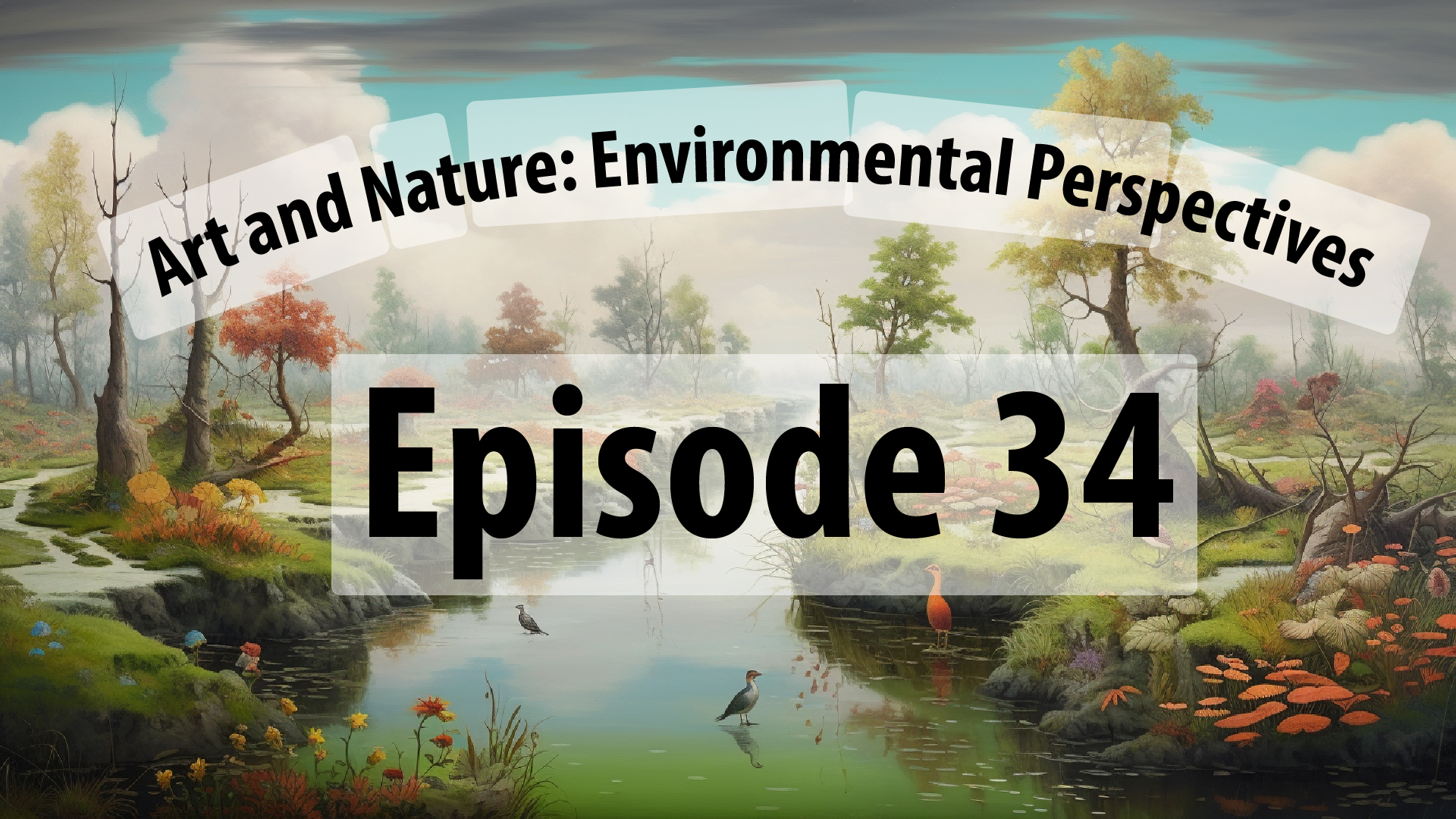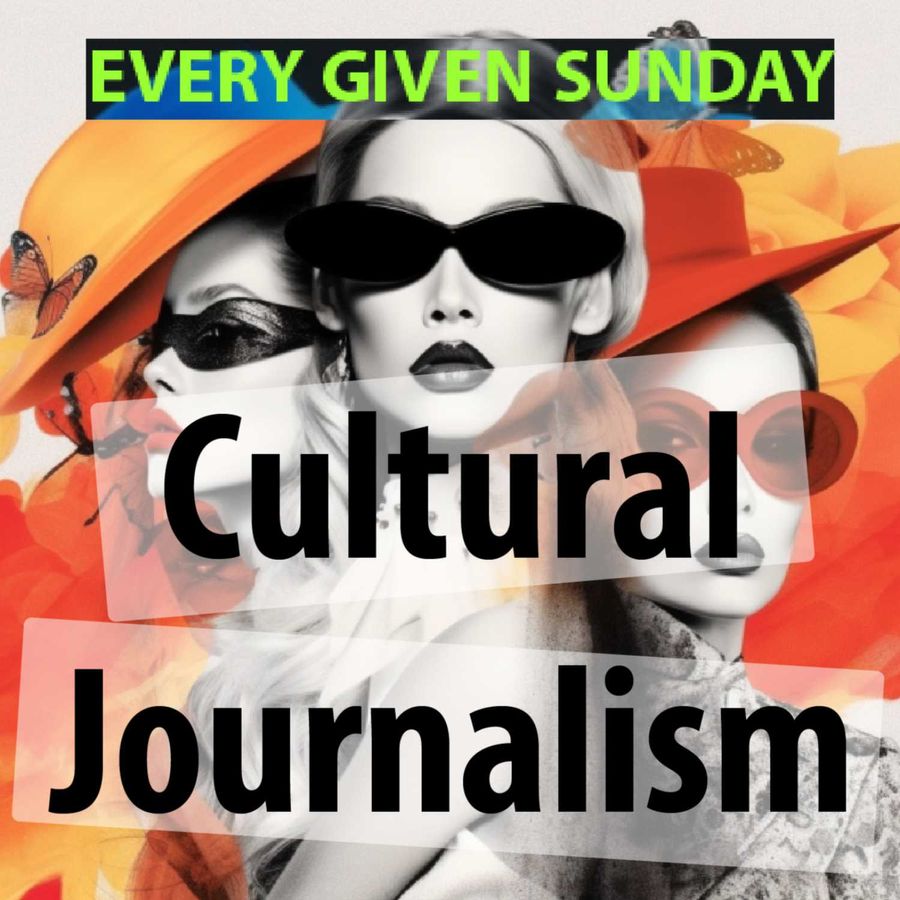Art and Nature: Environmental Perspectives

Art and Nature: Environmental Perspectives
In art and its engagement with nature, one often encounters a romanticized view that reveres the natural world as a pristine and untouchable sanctuary. Unfortunately, this prevailing perspective overlooks the complex relationship between art and nature throughout history, perpetuating a naïve and idealized notion of the environment. This article will critically explore the topic, challenging conventional wisdom and delving into the intricate interplay between art, nature, and the human experience. By drawing upon historical references, intelligent analysis, and unapologetic intellectual rigour, we aim to shed light on the multifaceted nature of this discourse.
Art as a Human Construct:
To truly understand the relationship between art and nature, one must first acknowledge that art is fundamentally a human construct—a product of our imagination, creativity, and cultural context. Moreover, it is a means through which we interpret and interact with the world, including the natural environment. This recognition calls for a critical evaluation of the assumptions underlying the perception of nature as an independent entity that art should solely venerate or seek to imitate.
Historical Perspectives:
Throughout history, artistic representations of nature have been as varied as the civilizations that produced them. For example, the ancient Egyptians depicted characters in their murals and tomb paintings, but their interpretations were deeply intertwined with religious and mythological narratives. The Greek philosophers, such as Aristotle, sought to understand the natural world through reason and observation, laying the foundation for a scientific approach that would shape art in subsequent eras.
In the Renaissance, artists like Leonardo da Vinci and Albrecht Dürer were not content with merely replicating the beauty of nature. Instead, they dissected, studied, and sought to comprehend its inner workings, intertwining art and science in a symbiotic relationship. Similarly, the Impressionists, emphasizing capturing the fleeting effects of light and atmosphere, challenged traditional notions of representation and ventured into subjective perception.

Challenging Conventional Wisdom:
Contrary to conventional wisdom, art's engagement with nature has not always been a harmonious celebration. The works of Francisco Goya, for instance, reflect the tumultuous relationship between humans and the environment. His "Disasters of War" series portrays the horrors of warfare and the devastation it wreaks upon humanity and the natural world. Goya's critical lens invites us to question the romantic idealization of nature and confront the harsh realities of our impact on the environment.
Furthermore, the notion that art can be a panacea for environmental issues is overly simplistic. While environmental art movements, such as Land Art, Eco-Art, or Earth Art, have sought to raise awareness and promote ecological stewardship, they often struggle to bridge the gap between aesthetics and meaningful environmental action. The pursuit of aesthetic pleasure alone cannot address our complex ecological challenges.
A New Perspective: Art as Provocation:
Rather than perpetuating the notion of art as a passive celebration or imitation of nature, we must recognize its potential as a provocative force. Art can challenge our preconceptions, disrupt complacency, and stimulate critical reflection on our relationship with the environment. Through their daring installations and evocative imagery, artists like Ai Weiwei remind us of the consequences of our actions and the urgency to protect our fragile ecosystems.
Art's role in the environmental discourse should not be limited to visual representations alone. Literature, too, has contributed significantly to shaping our understanding of nature. Henry David Thoreau's "Walden" invites us to question the commodification of nature and advocates for a deeper connection with the natural world. Rachel Carson's "Silent Spring" sounded the alarm on the detrimental effects of pesticides and spurred the environmental movement.
Conclusion:
The discourse surrounding art and nature demands a critical and nuanced perspective. We must move beyond the romanticized idealizations that have dominated the narrative, acknowledging art as a human construct that can both celebrate and challenge our relationship with the environment. We can foster a more comprehensive understanding of art's role in environmental perspectives by critically engaging with the subject matter, drawing upon historical references, and embracing intellectual rigour. Only by transcending conventional wisdom can we hope to provoke meaningful change and forge a more harmonious relationship with the natural world.


